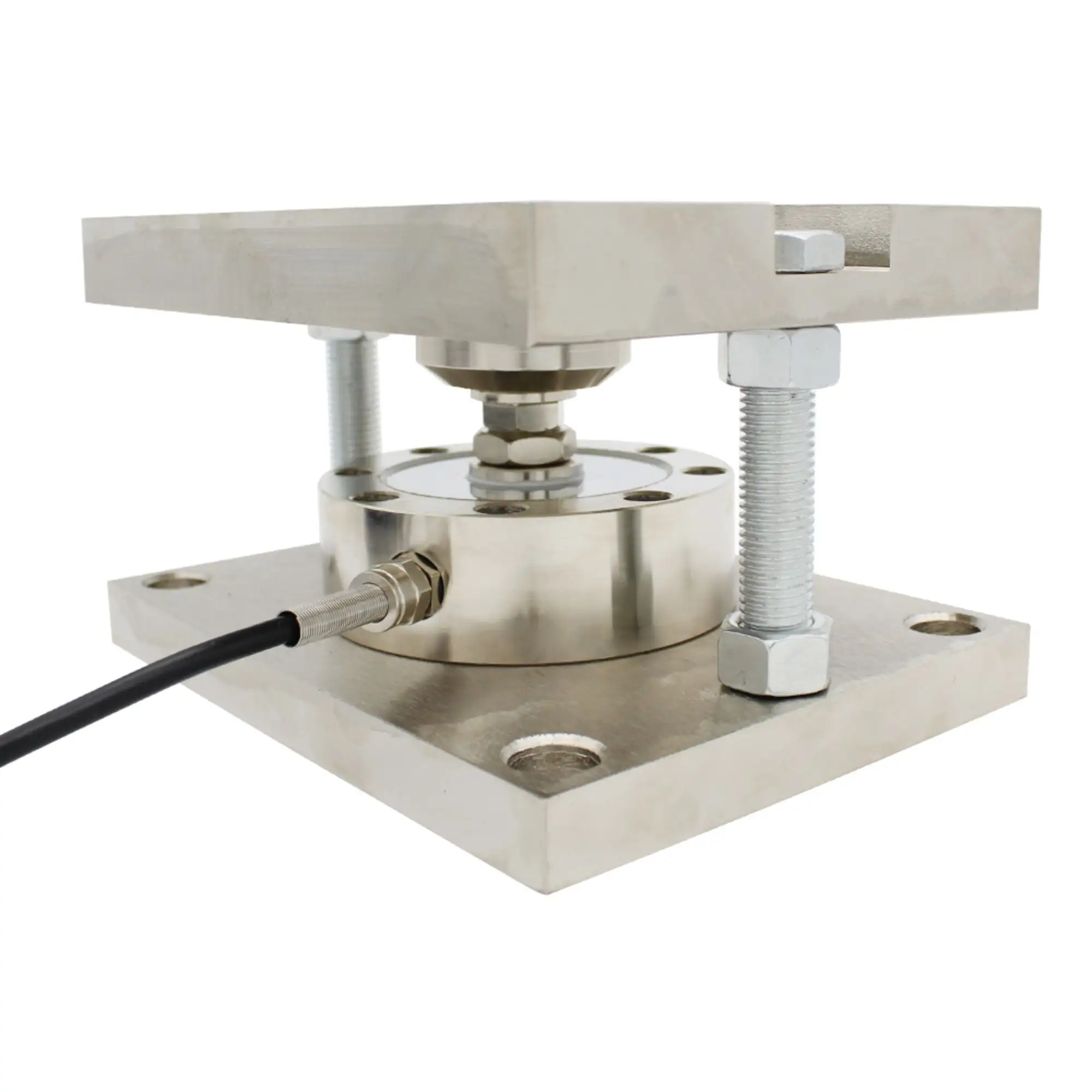Things Between Load Cell Sensors — In This Blog, I'll Explain The Function of Load Cells Sensors. They are used everywhere in every field such as farms, factories and even at home. But what you might not know is that stuff around these sensors can alter their effectiveness! Read more about the effects on Load Cell Sensors made by SOP from temperature, humidity, vibrations, dust and debris.
Effects of Temperature on Load Cell Sensors
Load Cell Sensors are greatly affected by temperature as they are temperature sensitive. When it gets very hot or very cold, the metal inside the sensor can expand or contract. This can lead to incorrect weight measurements. For optimal results, it is ideal to leave Load Cell Sensors at an even temperature. While SOP's Load Cell Sensors perform efficiently throughout varying temperatures, confining them to a controlled area allows for precise measurements.
Effects Of Humidity On Load Cell Sensors
Humidity is the measure of water present in the air. This can also modify Load Cell Sensors. Too much moisture can cause the metal parts of the sensor to rust or break down, making it less accurate. While SOP's Load Cell Sensors will work within a normal humidity range, minimizing their exposure to humid locations is a good practice for their optimal performance.
How Do Vibrations Affect Load Cells?
Load Cell Sensors operation can vary due to vibrations from heavy machines or cars. Constant vibrations can trigger the sensors and result in fluctuating weight measurements, which are inaccurate. SOP Load Cell Sensors are designed with the horizontal vibration suppression property, however, installing them in jars or in a safe place is recommended for best results.
The Impact of Dust and Debris on Load Cell Sensors
Load Cell Sensors can also be affected by dust and debris. Dirt may gather on the sensor or inside it and may obstruct the areas and create measurements incorrect. SOP Load Cell Sensors are constructed from rugged materials that can withstand some dust, but they do require periodic cleaning to ensure proper operation.
Why Calibration is Important for Load Cell Sensors
Load Cell Sensors are still susceptible to environmental issues even with best designs. That is why calibration is so critical.” "Calibration" means tuning the sensor so it returns accurate, reliable measurements when the environment changes. SOP's Load Cell Sensors are calibrated during production, however, routine inspection can ensure they are working properly and accurately after long periods of use.
Therefore, environmental factors such as temperature, humidity, vibrations, dust, and debris can affect the functioning of Load Cell Sensors. Understanding these components and their effects can allow SOP's Load Cell Sensors to provide accurate and reliable weight measurements in multiple environments. So always remember to keep your sensors in a stable environment, ensure they are clean, and calibrate if necessary to ensure they give their best performance.
 EN
EN
 AR
AR HR
HR CS
CS DA
DA FI
FI FR
FR DE
DE EL
EL HI
HI IT
IT JA
JA NO
NO PL
PL PT
PT RO
RO RU
RU ES
ES SV
SV IW
IW ID
ID LV
LV LT
LT SR
SR SK
SK SL
SL UK
UK VI
VI ET
ET HU
HU TH
TH TR
TR FA
FA AF
AF KA
KA UR
UR BN
BN
